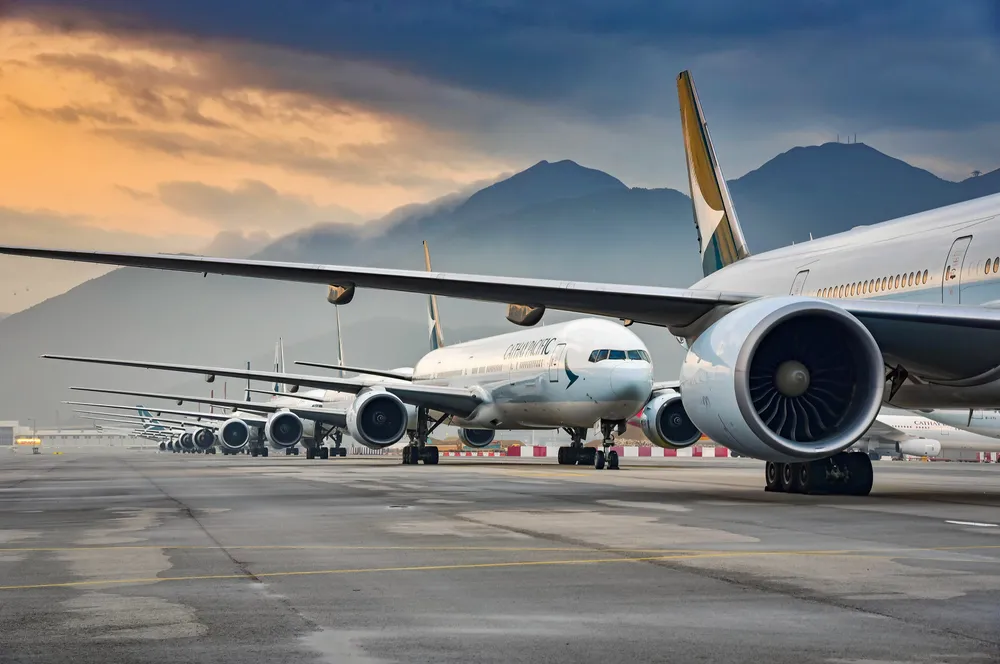IEA: Expensive green hydrogen-based e-fuels might not lead to skyrocketing plane ticket prices in the short term
Generous cost estimates put e-kerosene at double or triple the price of conventional jet fuel by 2030, but a 10% blend might only increase overall flight costs by 5%
